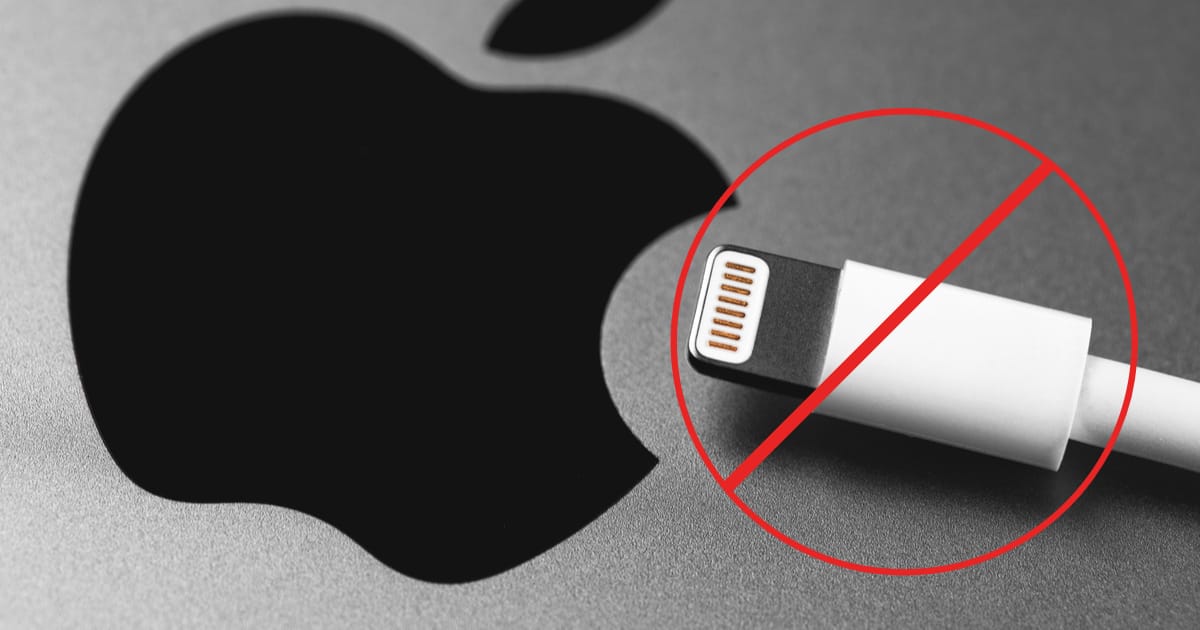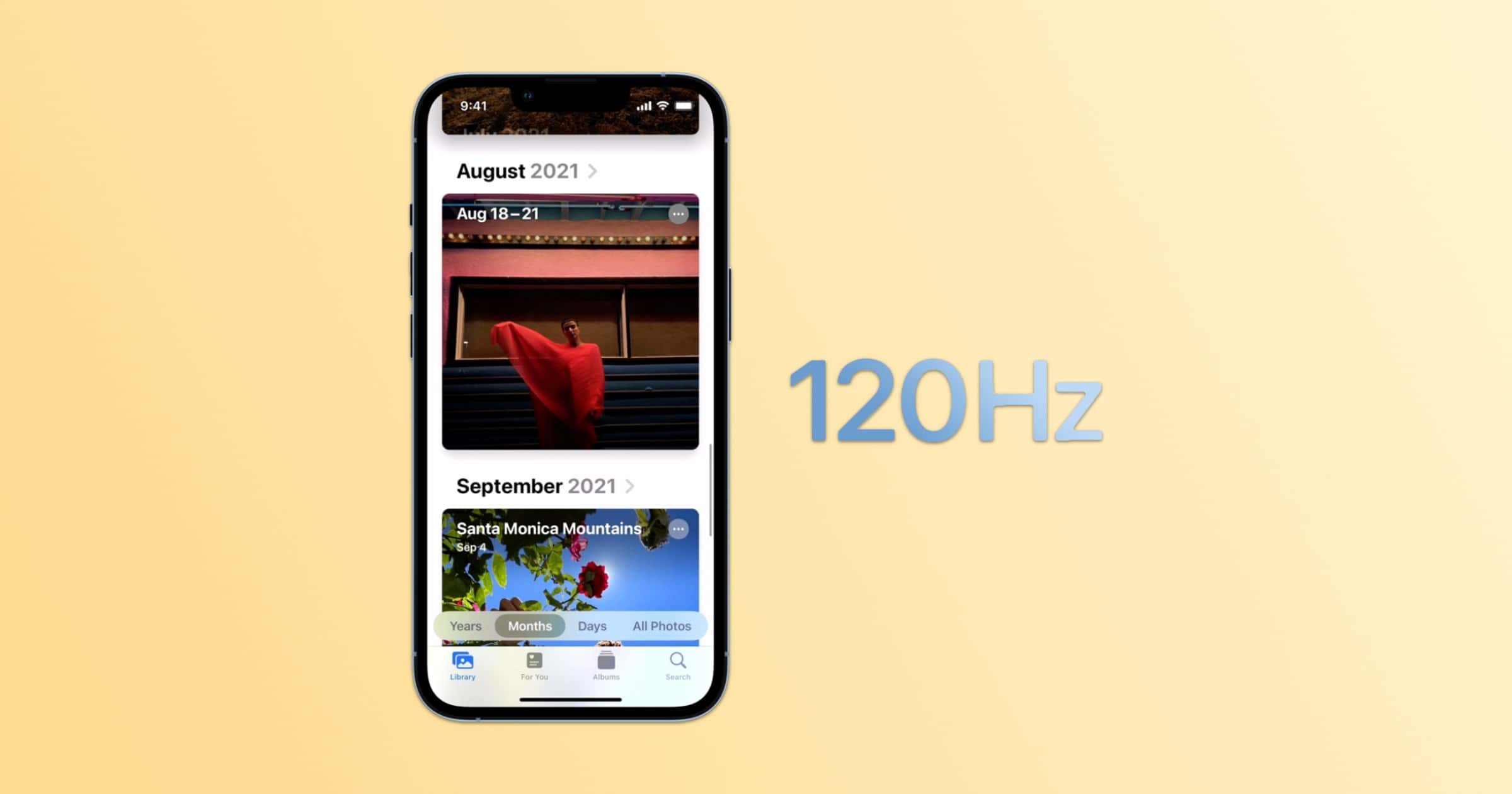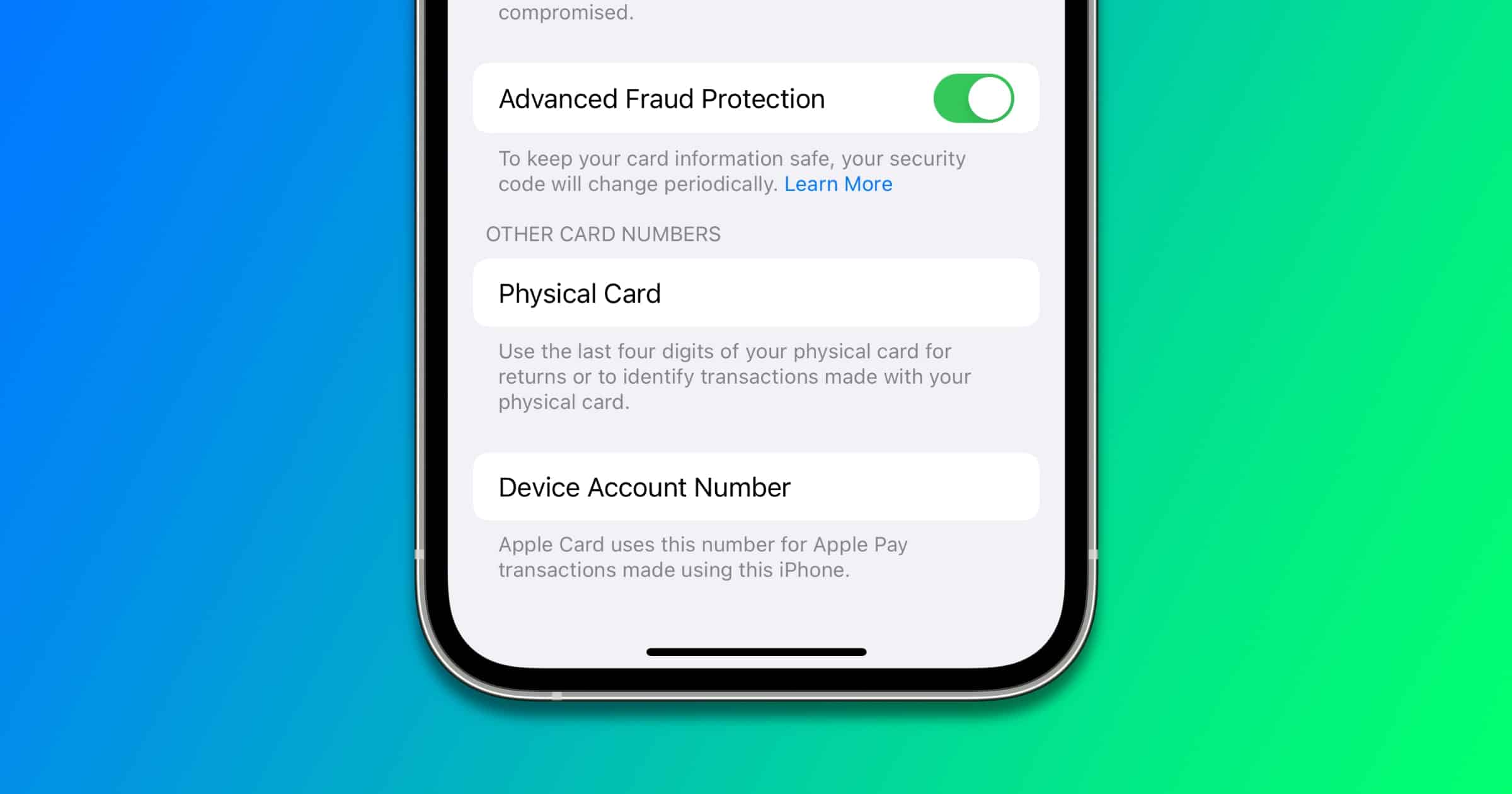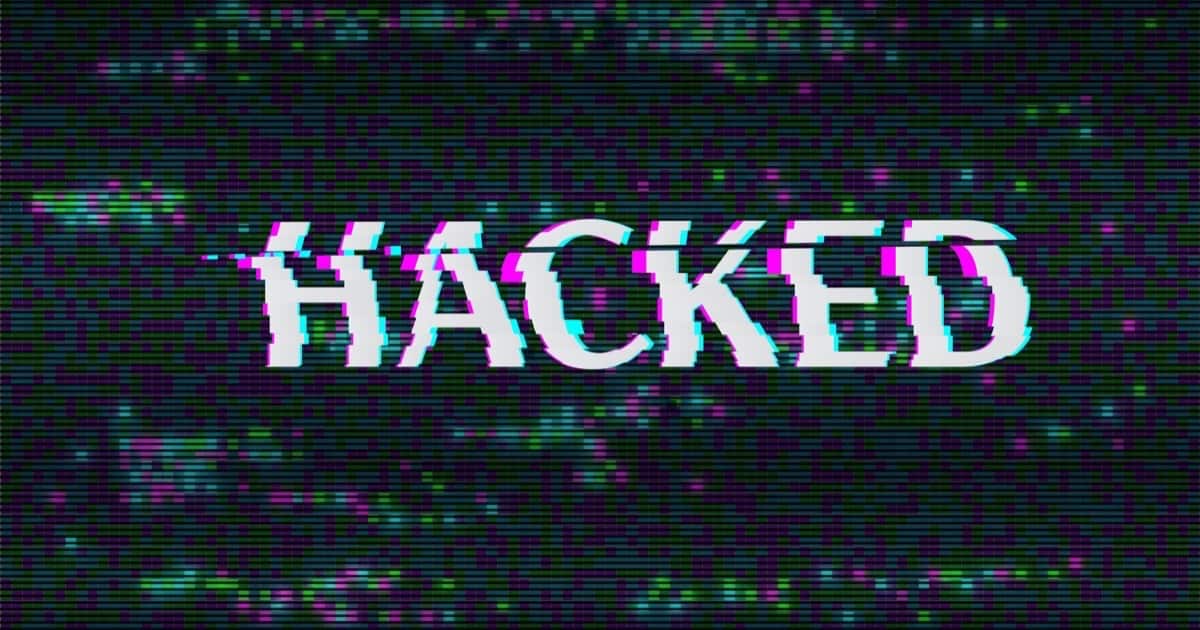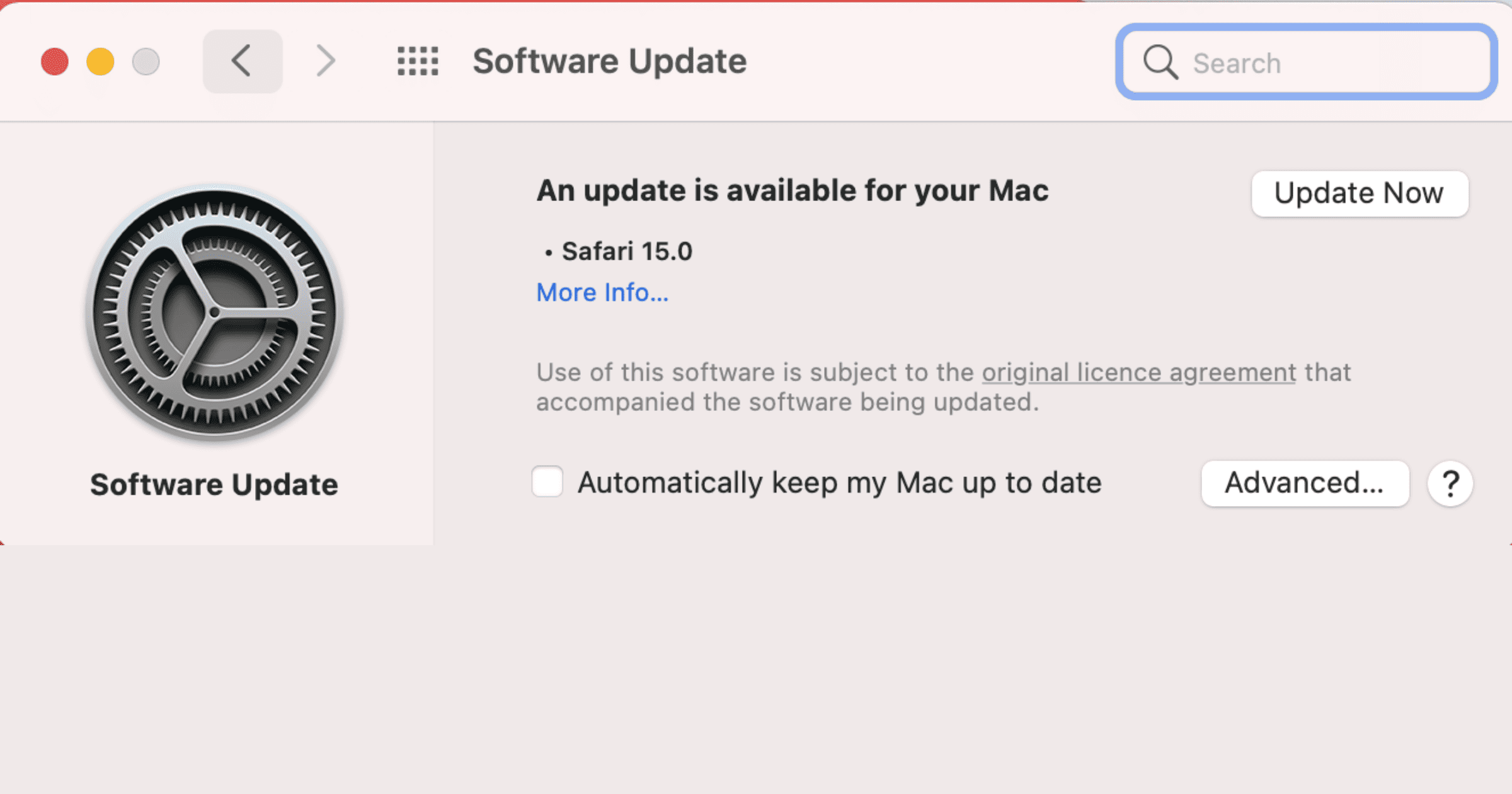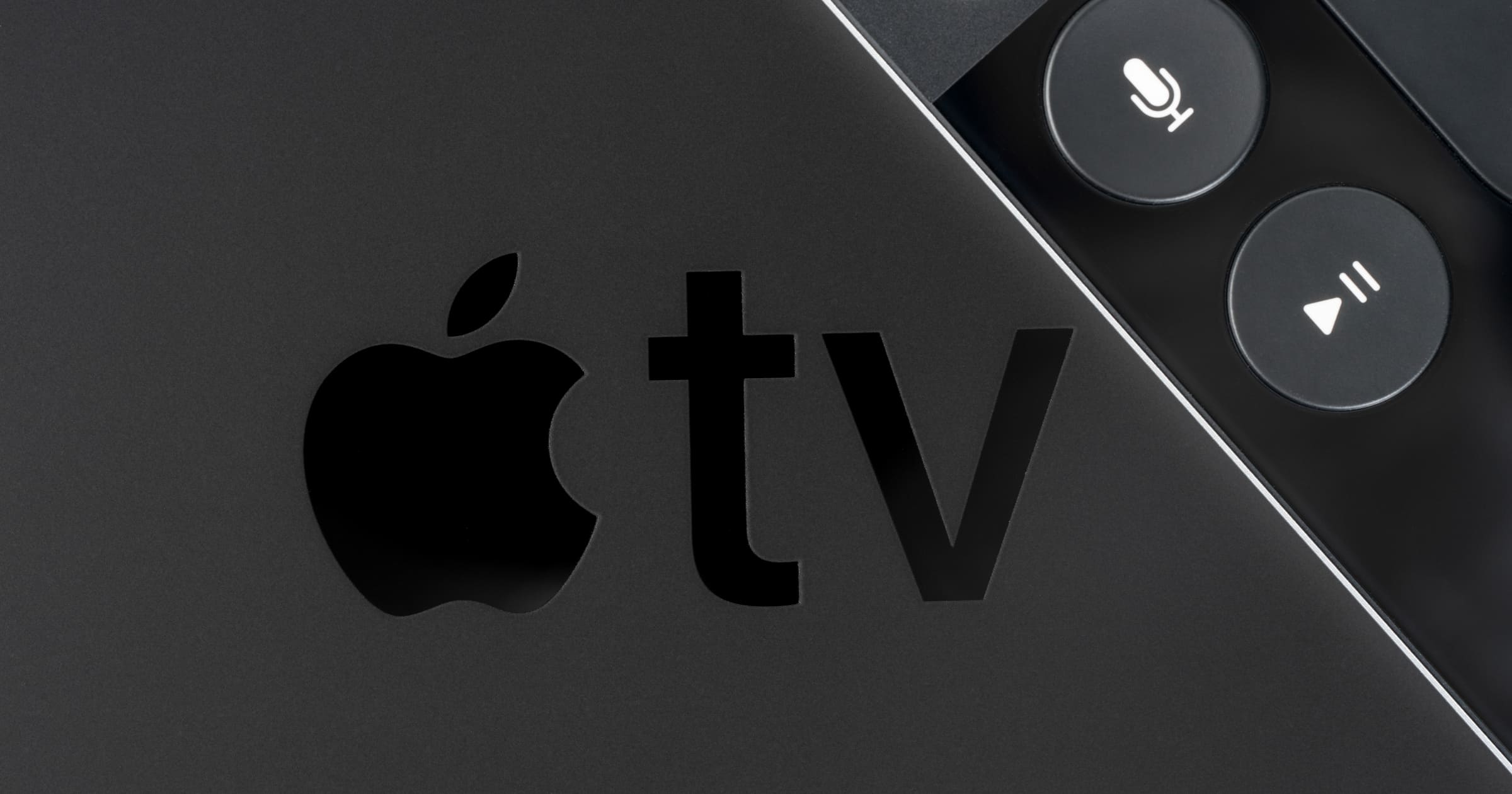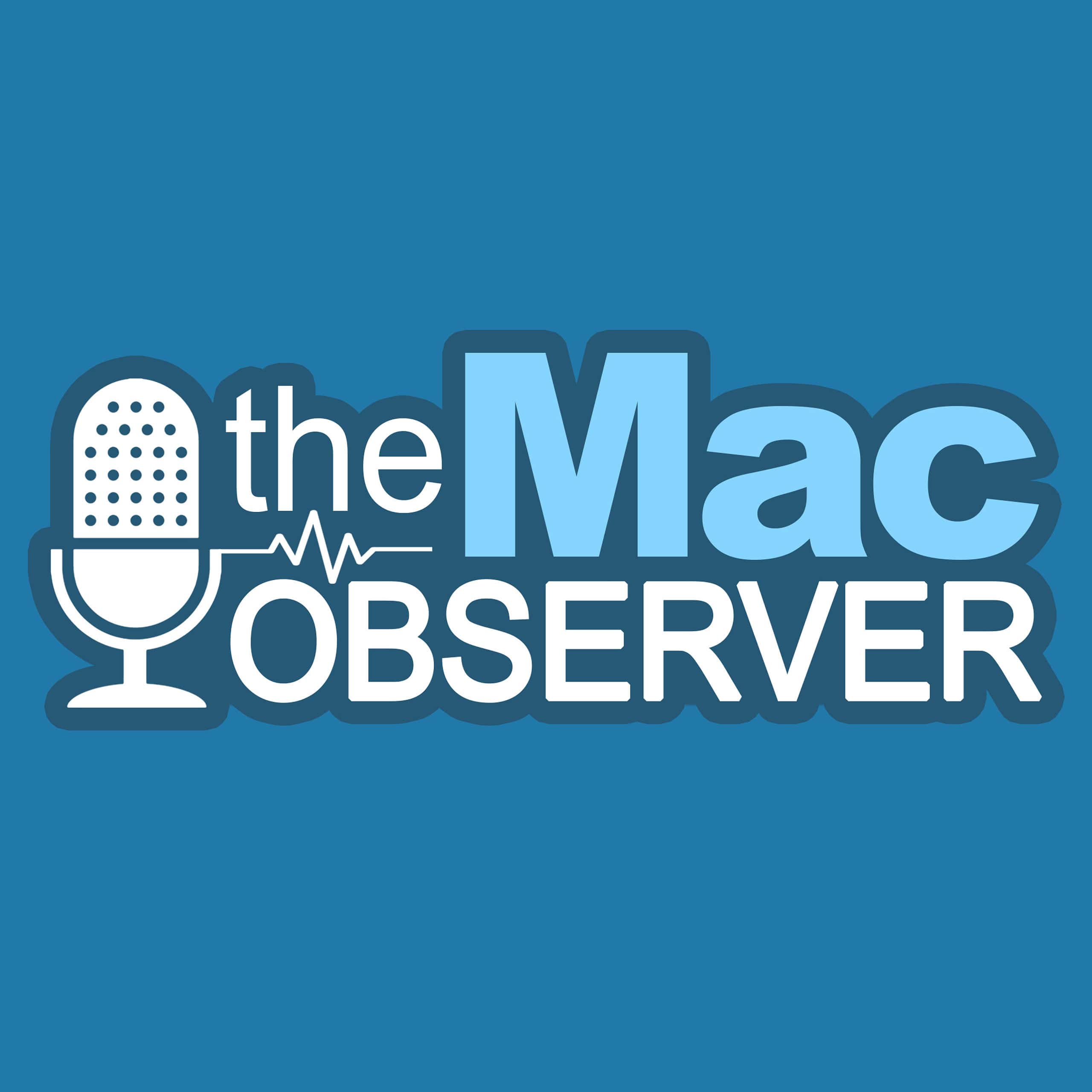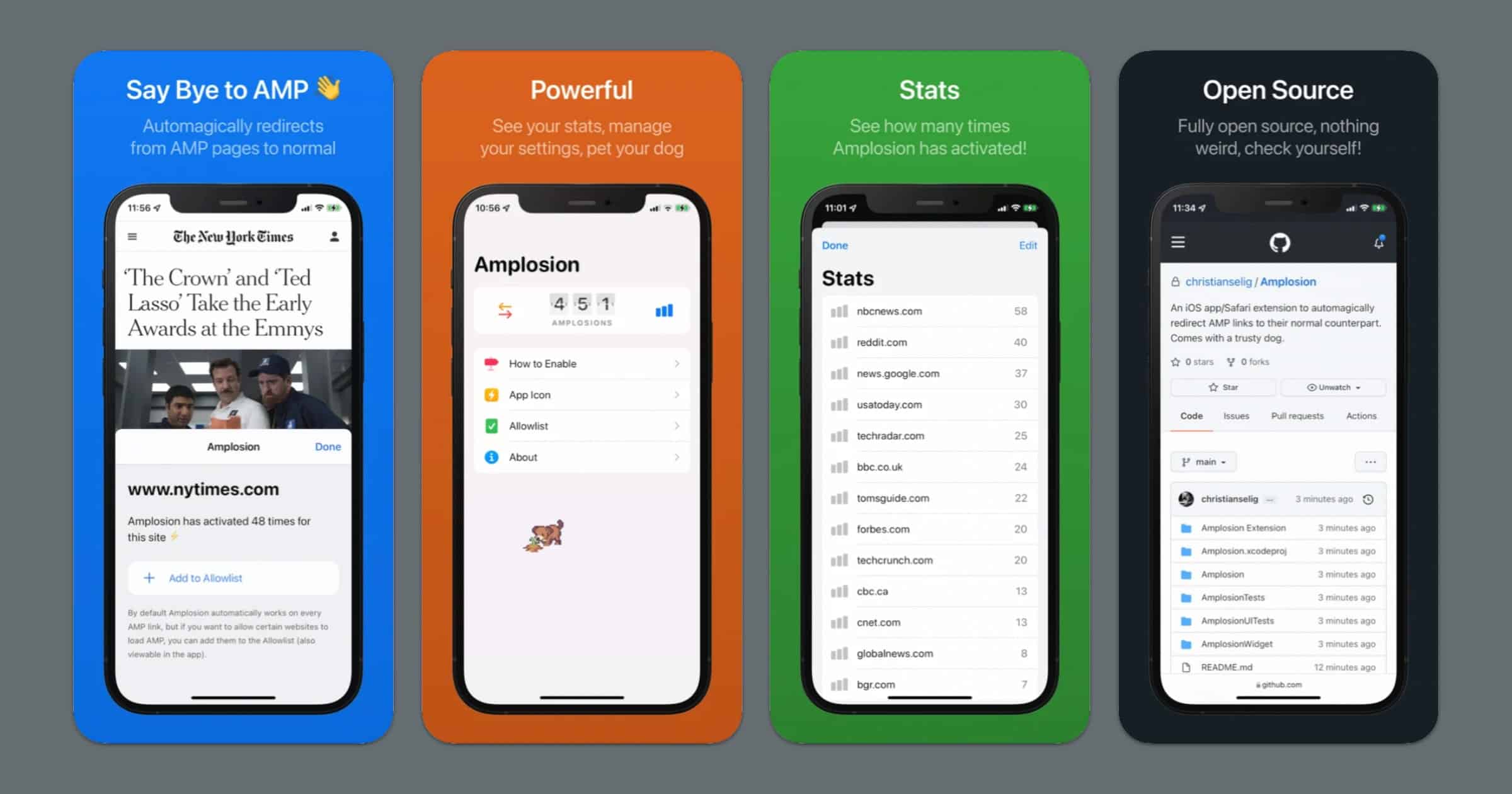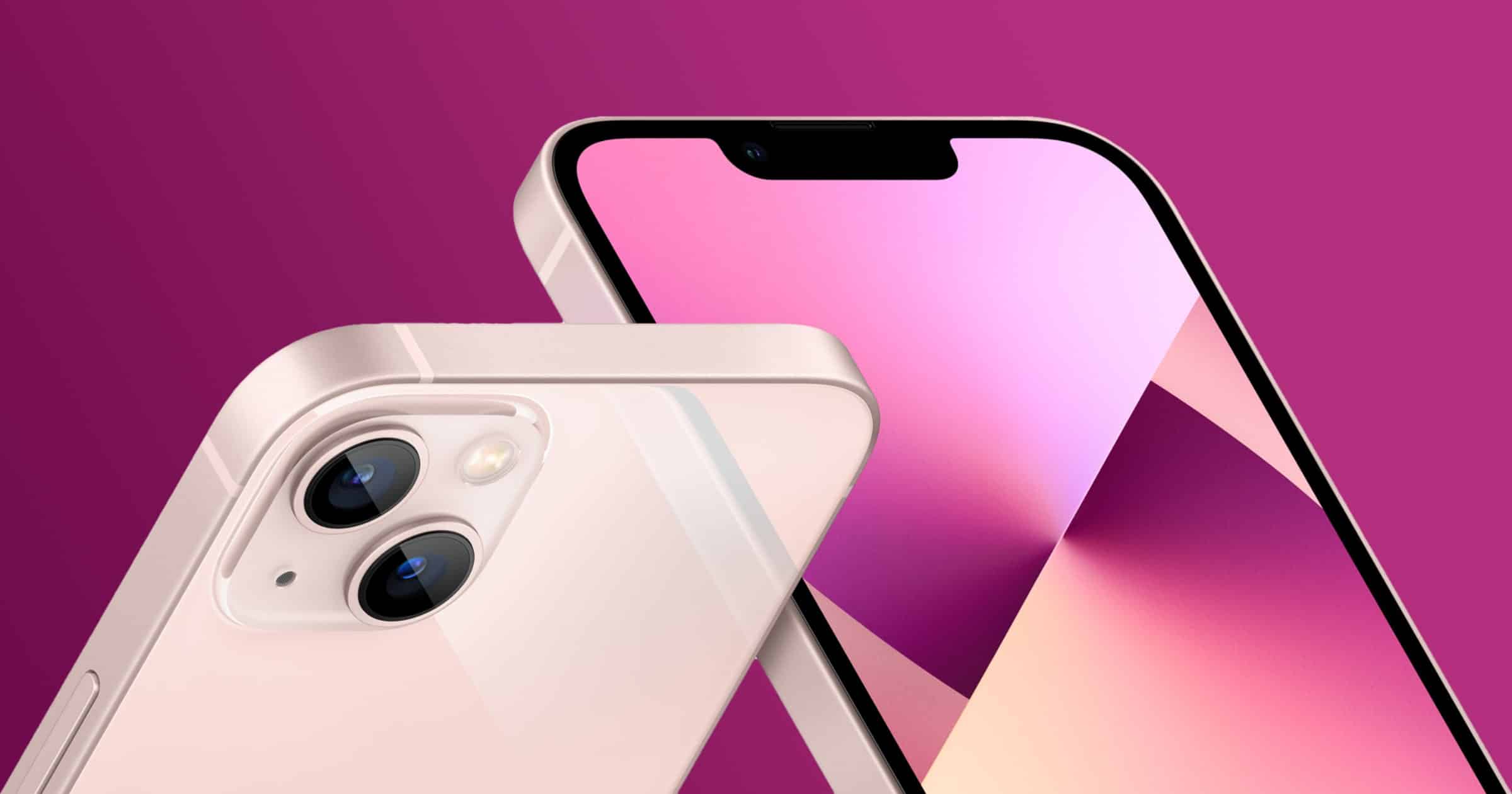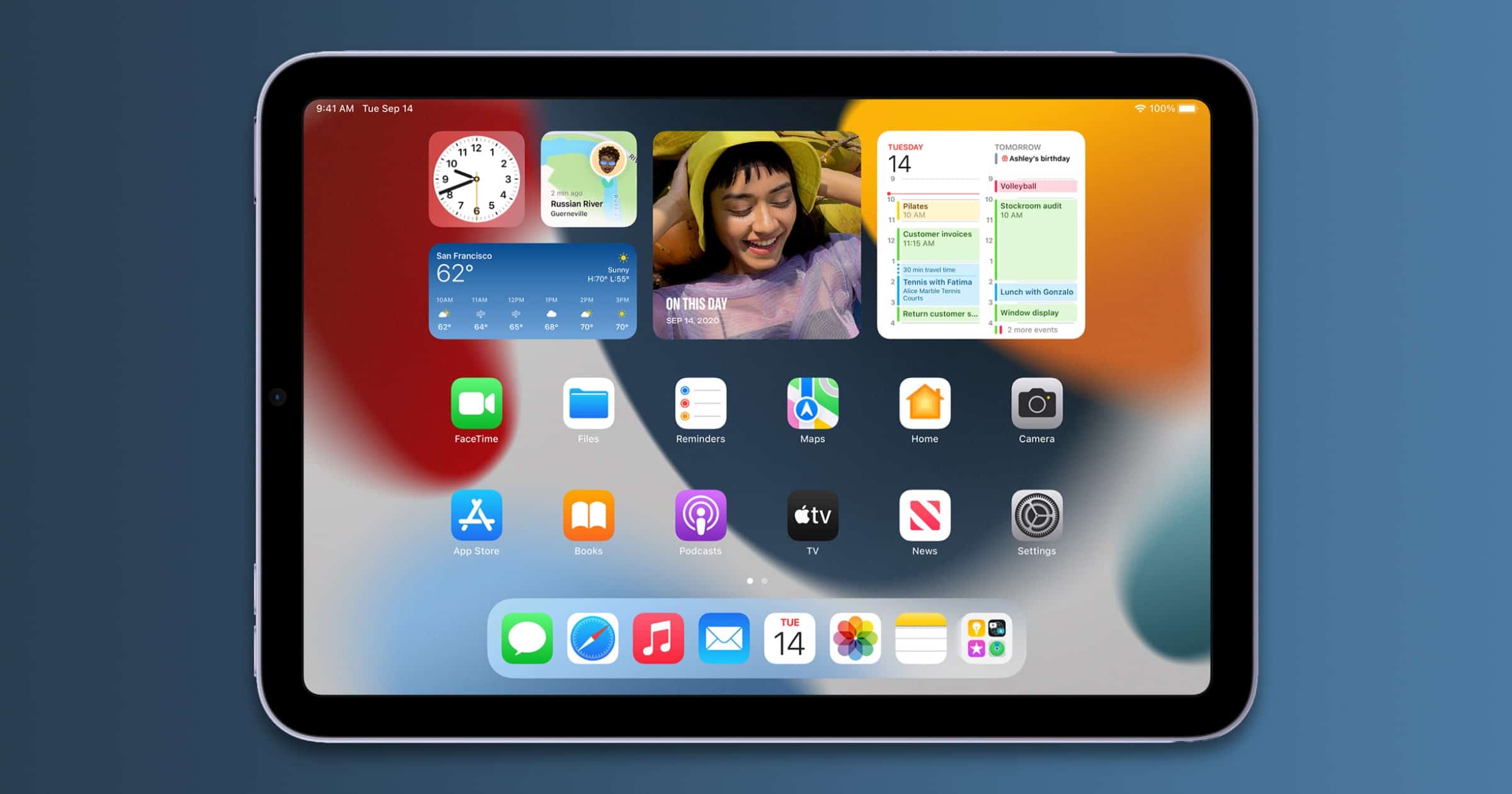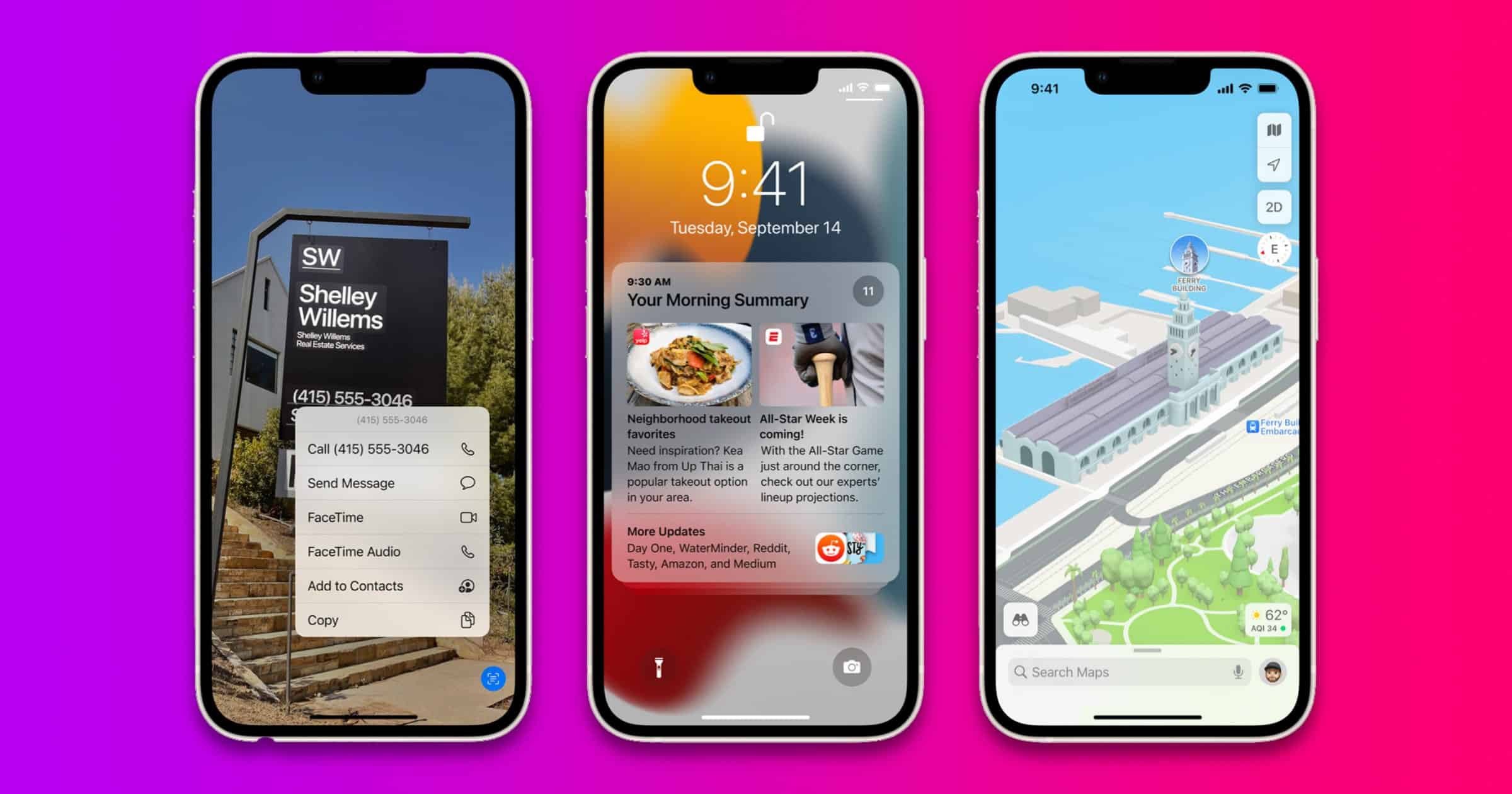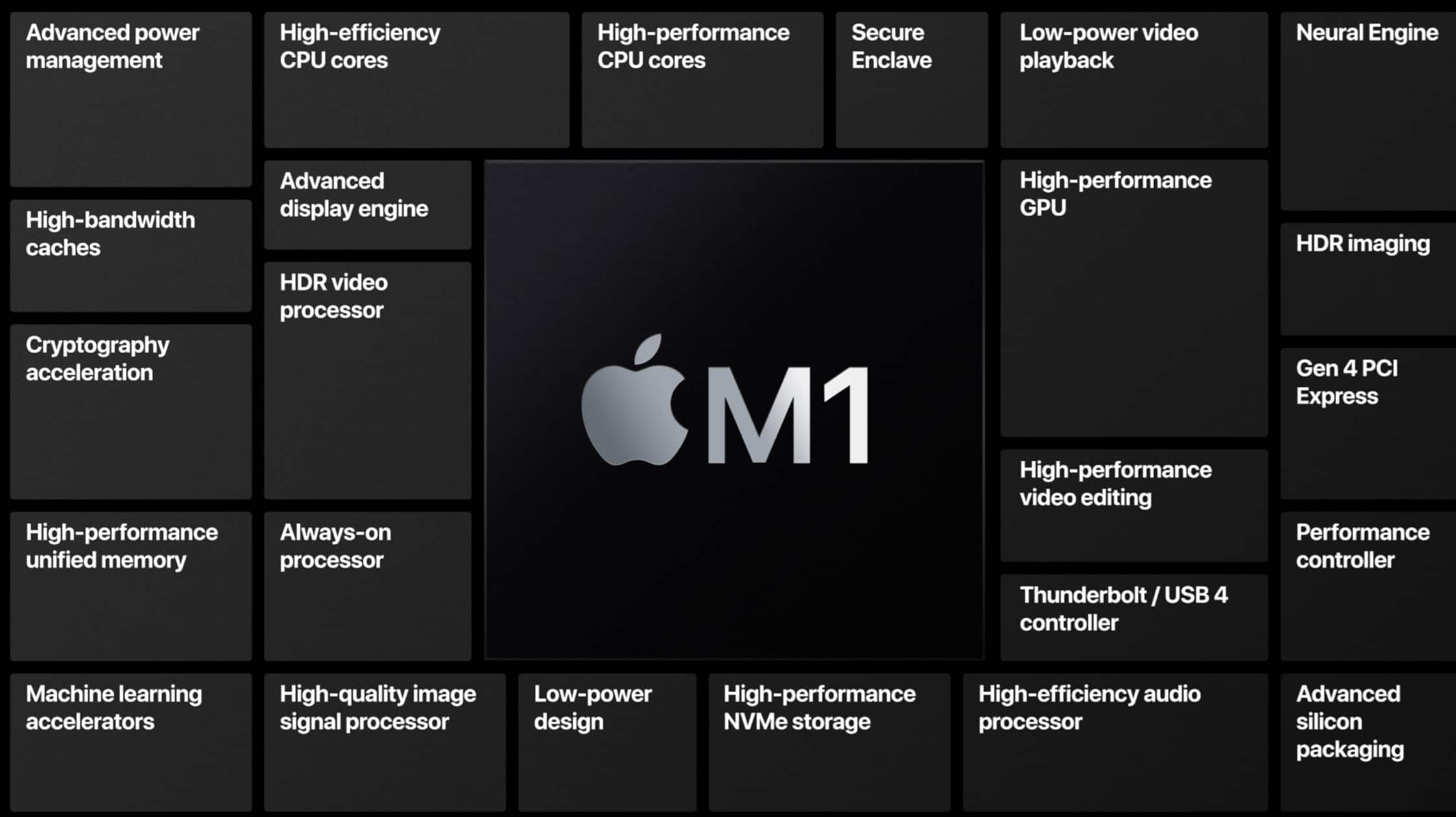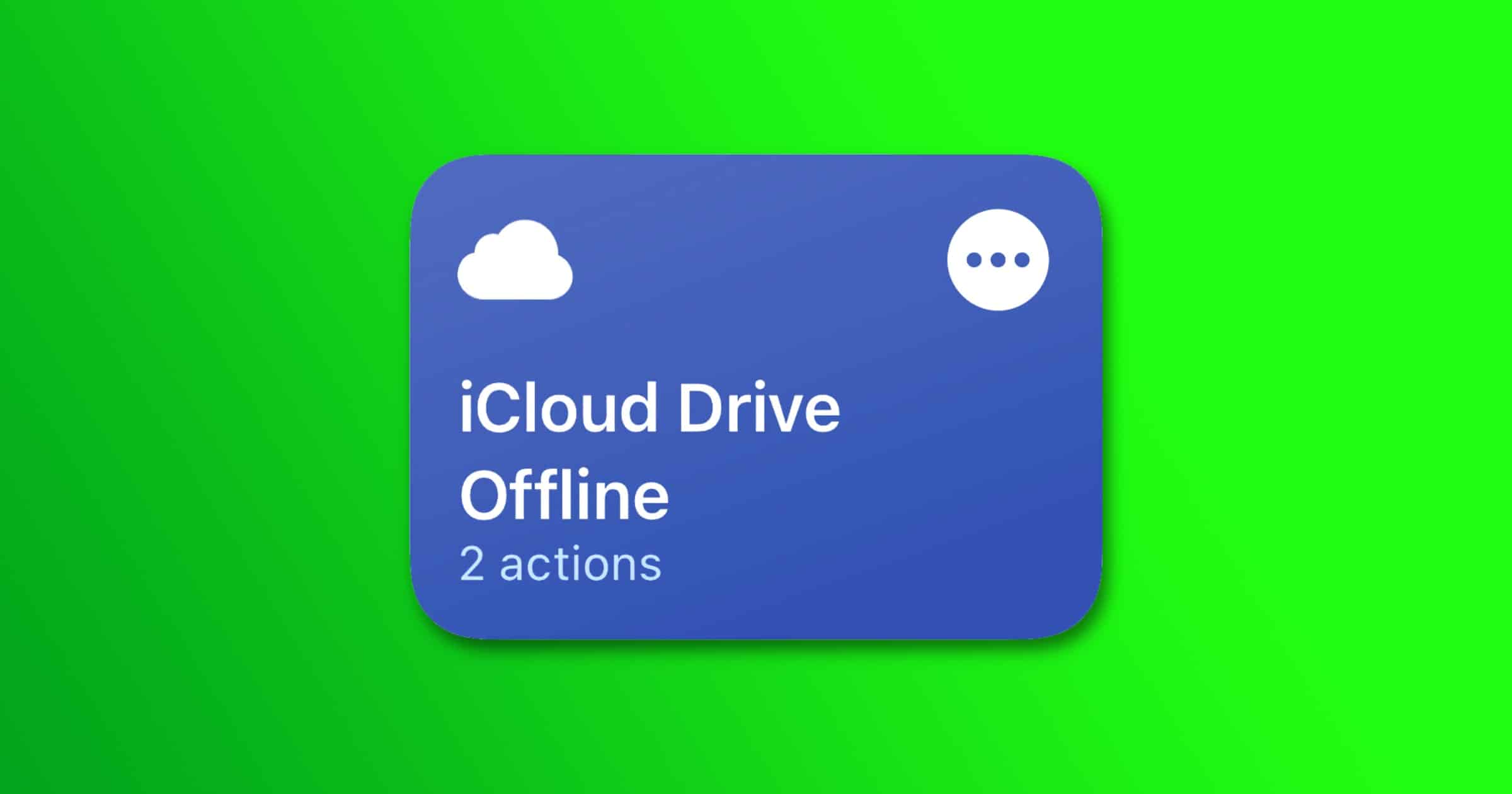A proposal to force all smartphone manufacturers to adopt USB-C chargers is on the table. It’s expected to take effect no earlier than 2024.
iPhones Could Detect Autism, Depression, Cognitive Decline One Day
A report on Tuesday claims that Apple is working on technology that could help iPhones detect your depression, autism, and more.
Here's Why iPhone 13 120Hz ProMotion Display Matters
Rebecca Isaacs has written a helpful explainer about the iPhone 13’s 120Hz display and why it matters for customers.
One of the major selling points of this technology is that it allows you to dynamically vary refresh rates based on what you’re doing. For instance, basic web browsing can be handled at an undemanding 10Hz to 60Hz, while gaming can take advantage of the full of 120Hz. The Apple Watch can even hit a low of 1Hz with the always-on screen.
Shocking Report Reveals How Apple 'Undermines' Third-Party Repair Efforts
A report on Tuesday reveals how Apple undermines third-party repair efforts. Eight training videos were leaked.
New Apple Card Security Feature Lets You Change Your CVV
Apple is enabling an Advanced Fraud Protection feature for Apple Card customers. It lets you regularly change your CVV.
Crypto Miners Most Detected Malware Type in 2021
A report on Tuesday found that crypto-mining malware was the most detected malware type in the first half of 2021.
The most active cryptocurrency miner in the first half of 2021 was MalXMR, with 44,587 detections. MalXMR is a crypto-mining malware that exploited EternalBlue for propagation and abused Windows Management Instrumentation (WMI). During the infection, high CPU utilization can be noticed with powershell.exe or schtasks.exe.
Pluggin a service I use: NextDNS. There’s a toggle you can turn on to “Prevent the unauthorized use of your devices to mine cryptocurrency.”
MOFT's Launches MagSafe Accessories for iPhone 13 Called 'Snap Set'
Accessory maker MOFT is launching Snap Set, a suite of MagSafe-compatible accessories for iPhone 12 and iPhone 13.
Alaska Health Service Attacked by Nation-State Cyber Attacker
The Department of Health and Social Service (DHSS) disclosed that it was the victim of a sophisticated cyberattack from a nation-state level actor.
Citing an investigation conducted together with security firm Mandiant, DHSS officials said the attackers gained access to the department’s internal network through a vulnerability in one of its websites and “spread from there.”
Officials said they believe to have expelled the attacker from their network; however, there is still an investigation taking place into what the attackers might have accessed.
Safari 15 For Mac Now Available to Install
Safari 15 for Mac is now available to install for users running macOS Big Sur or Catalina, including a new design and changes for tabs.
tvOS 15 and New HomePod Software Now Available
Apple has released tvOS 15 and the latest version of HomePod, which both come with a few new features and fixes.
'CODA' Cast And Crew Explain Role of Director of Artistic Sign Language
In a new video, the cast and crew of CODA explain what Directors of Artistic Sign Language do. I found the short clip really interesting, as I had no idea such a role existed. The film itself is available on Apple TV+ now.
Get the Vaccine or Get Tested More Often, Apple Says
Coinciding with the Biden administration’s “Get the Vaccine” push, unvaccinated Apple employees will face more frequent COVID-19 testing.
Jay Z Makes Huge Investment in Smart Home Tech
Rapper, songwriter, businessman Jay-Z has reportedly made a huge investment in smart home tech recently. Through Marcy Venture Partners, Jay-Z sent $110 million into Wyze Labs’ coffers. That brings the smart home device maker’s total funding to date to $146 million. The smart home tech company, founded in 2017 by Amazon veterans, has more than 300 employees. The work Wyze is doing with AI and camera technology will definitely. benefit from the extra cash.
“We are doubling down and investing heavily to build world-class artificial intelligence into our camera products,” Wyze co-founder and Chief Marketing Officer Dave Crosby told GeekWire in a recent piece. “Just in the last year, our AI team has built person detection, vehicle detection, package detection and pet detection into our cameras. “Right now we have AI features in the works that we truly think will be game-changing for any camera, let alone one that costs less than $36.”
Cases and MagSafes for iPhone 13 – TMO Daily Observations 2021-09-20
Andrew Orr and Jeff Butts join host Kelly Guimont to discuss their picks for iPhone cases and MagSafe gear.
Developer of 'Apollo' Reddit Client Announces App to Kill Google AMP Pages
Christian Selig, creator of the best Reddit client on iOS, has released two new apps. Achoo is an HTML viewer and inspector, and Amplosion redirects you away from Google’s contentious AMP web pages. Achoo HTML Viewer & Inspector: Achoo allows you to easily view the HTML for the webpage you’re viewing in Safari. It shows the HTML (as well as any inline CSS and JavaScript) with beautiful and fast syntax highlighting. You can share the HTML you’re viewing, allowing you to easily inspect it on an external device of your choosing, or send it to a friend, or simply copy it to your clipboard. Amplosion: Amplosion automagically redirects AMP pages/links to their normal counterparts within Safari using an easy and elegant Safari extension. It’s completely open source, so with this transparency you can verify everything about the extension. Both of these take advantage of the new Safari extension system on iOS 15 | iPadOS 15
Delivery Date for iPhone 13 Models Slips to October
Those who jumped fast at pre-ordering their iPhone 13 models should get their new phones soon. Those who have yet to order will have to wait.
Grain Cooperative 'New Cooperative Inc' Hit with BlackMatter Ransomware Attack
Cyber gang BlackMatter has attacked Iowa-based grain cooperative New Cooperative Inc with ransomware, successfully shutting down its systems.
The attack occurred on or around Friday, according to Allan Liska, senior threat analyst at the cybersecurity firm Recorded Future Inc. The ransomware gang, which goes by the name BlackMatter, is demanding a $5.9 million ransom, Liska said.
New Cooperative confirmed that they had been attacked and said they had contacted law enforcement and were working with data security experts to investigate and remediate the situation.
watchOS 8 For Apple Watch is Available Now
Apple has released watchOS 8, containing a variety of new features including new workouts, updates to cycling, and a Mindfulness app.
Apple Releases iPadOS 15 With Widgets, Quick Note, App Library, and More
iPadOS 15 brings some features found in iOS 14, like App Library and Widgets, but also introduces new features.
Here's How Much Your Car Knows About You
Jon Callas, the Electric Frontier Foundation’s director of technology projects, explained what data newer cars, especially Tesla, collect from you.
“All of these things are at least theoretically able to be logged,” cautioned Callas. “And there is a port that you can connect something to — and there’s lots of hardware and software that you can connect to your car and get all sorts of telemetry information about how the car is running — and just like there are people who hack their computers there are people who hack their cars.”
M1 Reverse Engineering Document Published for Research
Maynard Handley, one of the developers of Apple’s QuickTime, has published a 350-page PDF about his work in reverse engineering the Mac M1 chip.
The Kingston Data Traveler Max Flash Drive
Here’s an awesome product review of Kingston’s Data Traveler Max Flash Drive from Mac Geek Gab 889 . Speeds are 900MBps Read, 800MBps Writes, prices: 256GB – US $91.00, 512GB – $153.00, 1TB – $262.00.
Here's How to Force Files to Download on iOS
Redditor u/kevingrabher wrote about a shortcut that can force files in iCloud Drive to download. This helps you keep important files handy for offline access. Here are the steps: Open the Shortcuts app and create a new shortcut. Add Action “Get Contents of Folder” (*). Press the triangle icon and enable “Recursive.” Add Action “Get Details of Files.” Set the detail variable to “File Size” (if not set by default). In the first action you’ll probably want to choose Ask Every Time, so you can download a different folder each time.
